Spiegel im Spiegel: Encounters Between Estonian and German Art from Lucas Cranach to Arvo Pärt and Gerhard Richter
The exhibition Spiegel im Spiegel is an ambitious cooperation project between the Art Museum of Estonia and the Dresden State Art Collections (Staatliche Kunstsammlungen Dresden, SKD), taking the viewer on a journey through Estonian and German art and history. While reflecting the complexity of those relations and issues of colonial power and mentality, the exhibition also highlights the cultural intertwining of German, Baltic-German and Estonian art.
The exhibition sets up encounters between the oeuvres of Arvo Pärt and Gerhard Richter, August Matthias Hagen and Caspar David Friedrich, Eduard Wiiralt and Otto Dix, Konrad Mägi and Max Pechstein, Ülo Sooster and Joseph Beuys, and many other outstanding Estonians and Germans.
From May to August the exhibition could be seen in the Kunsthalle im Lipsiusbaus in Dresden, and from 24 October in the Great Hall of Kumu.
Trailer
The curators Marion Ackermann, Sergey Fofanov and Kadi Polli on the exhibition:
At this exhibition we have created twelve encounters or dialogues covering the centuries-long shared history of Estonia and Germany: from the 13th century through the Baltic-German overlordship and Russian czarist rule to Soviet Estonia and the socialist German Democratic Republic of the second half of the 20th century. “Interferences” by contemporary art have also played a significant role: Kristina Norman deals with German colonial fantasies and the Hanseatic legacy, and Jaanus Samma handles Estonian and German national stereotypes.
The central axis of the exhibition, i.e. the dialogue that constitutes its framework, is the encounter between the oeuvre of the Dresden artist Gerhard Richter and that of the composer Arvo Pärt. Both Richter and Pärt lived under socialist regimes and dealt with post-World War II traumas, and they share a similar yearning for freedom and spirituality. Their works have been presented side by side before, e.g. at the Manchester International Festival in 2015, where Arvo Pärt’s Drei Hirtenkinder aus Fátima, dedicated to Richter, was performed by Vox Clamantis in the midst of Richter’s paintings. This exhibition displays Arvo Pärt’s manuscripts and sheet music side by side with Richter’s paintings, revealing Pärt’s idiosyncratically visual creative process.
Gallery
The two locations of the exhibition – first in Dresden and then in Tallinn – allow for two different versions of the same exhibition. Although the concept and layout of the exhibition remain the same, the selection of works included will differ substantially: the Dresden display will include more works by Estonian artists and the Tallinn display will have more works by German artists, making it possible to show a wider selection of excellent and renowned works, and hopefully inspiring art connoisseurs to visit both exhibitions.
Exhibition views
Gallery
Artists:
Arnold Akberg, Carl Johann Baehr, Joseph Beuys, Edmond Arnold Blumenfeldt, Carl Gustav Carus, Hans Christoph, Lucas Cranach vanem, Johan Christian Dahl, Otto Dix, Anthony van Dyck, Kurt Eichler, Ülo Emmus, Conrad Felixmüller, Caspar David Friedrich, Eduard von Gebhardt, Ernst Moritz Geyger, Hermann Glöckner, Johann Wolfgang von Goethe, Johannes Greenberg, Hans Grundig, August Matthias Hagen, Julie Hagen-Schwarz, Gussy Hippold-Ahnert, Karl Hofer, Werner Hofmann, Alexander Kanoldt, Edith Karlson, Georg Kind, Ernst Ludwig Kirchner, Erich von Kügelgen, Gerhard von Kügelgen, Karl von Kügelgen, Christian Gottlob Kühn, Elisàr von Kupffer, Allex Kütt, Max Lachnit, Leonhard Lapin, Erna Lincke, Karin Luts, Konrad Mägi, Friedrich Ludwig von Maydell, Karl Morgenstern, Richard Müller, Otto Nagel, Horst Naumann, Kristina Norman, Max Pechstein, Eduard Ole, Arvo Pärt, Uwe Pfeifer, Gerhard Richter, Wilhelm Rudolph, Sirje Runge, Jaanus Samma, Josef Scharl, Georg Friedrich Schlater, Karl Schmidt-Rottluff, Sascha Schneider, Louise Seidler, Karl August Senff, Peter Felix von Sievers, Ludmilla Siim, Ülo Sooster, Anton Starkopf, Olga Terri, Bertel Thorvaldsen, Jaan Toomik, Karl Gottfried Traugott Faber, Nikolai Triik, Ants Viidalepp, Aili Vint, Carl Christian Vogel von Vogelstein, Henriette Wiedebusch, Eduard Wiiralt and Magnus Zeller
Artworks
Gallery
Collections:
Staatliche Kunstsammlungen Dresden museums: the Albertinum, Gemäldegalerie Alte Meister, Gerhard Richter Archiv, Kupferstich-Kabinett, Skulpturensammlung, Münzkabinett and Grünes Gewölbe
The Arvo Pärt Centre, Centro Elisarion, municipality of Minusio, Estonian History Museum – Theatre and Music Museum, Estonian National Museum, Gerhard Richter Art Foundation, Karl May Museum, Städtische Galerie Dresden, Tartu Art Museum, University of Tartu Library and private collections
Exhibition team:
Curators: Marion Ackermann, Sergey Fofanov and Kadi Polli
Exhibition design: Kaarel Eelma
Graphic identity of the exhibition: Asko Künnap
Exhibition coordinators: Inga Jaagus, Johanna Jolen Kuzmenko and Paula Sowa
The exhibition has been organised in collaboration with Dresden State Art Collections (Staatliche Kunstsammlungen Dresden, SKD)

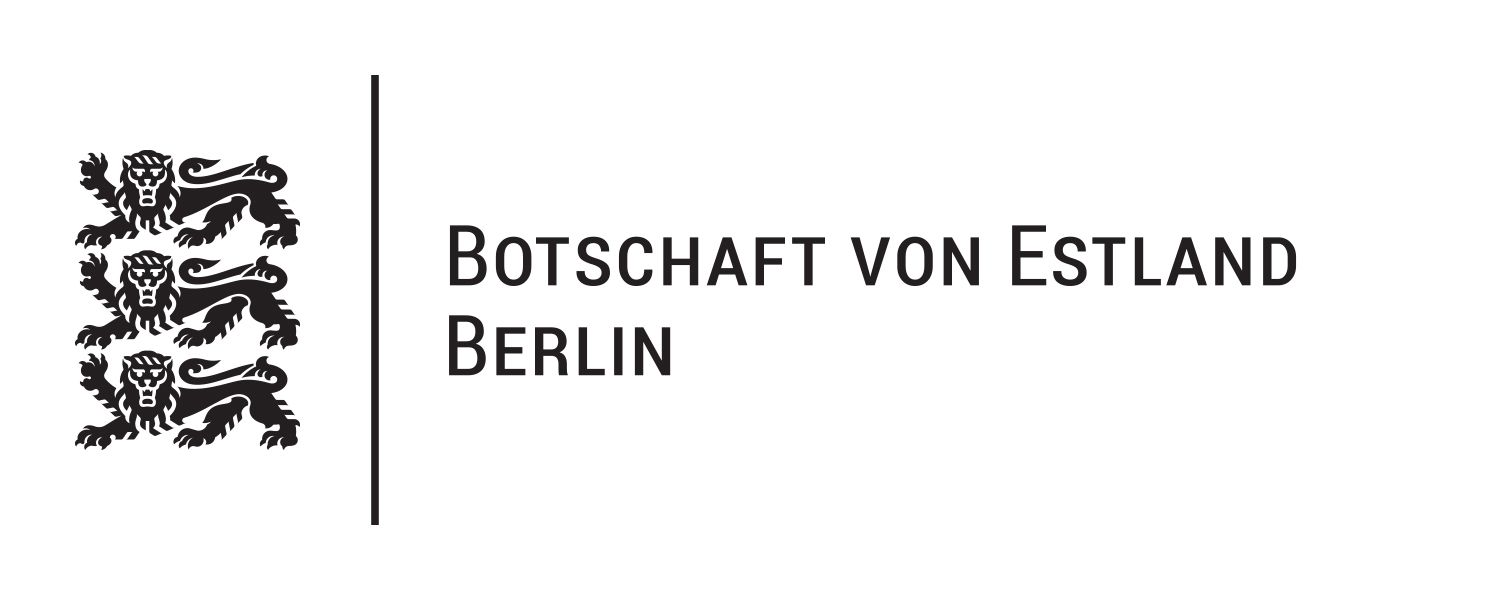
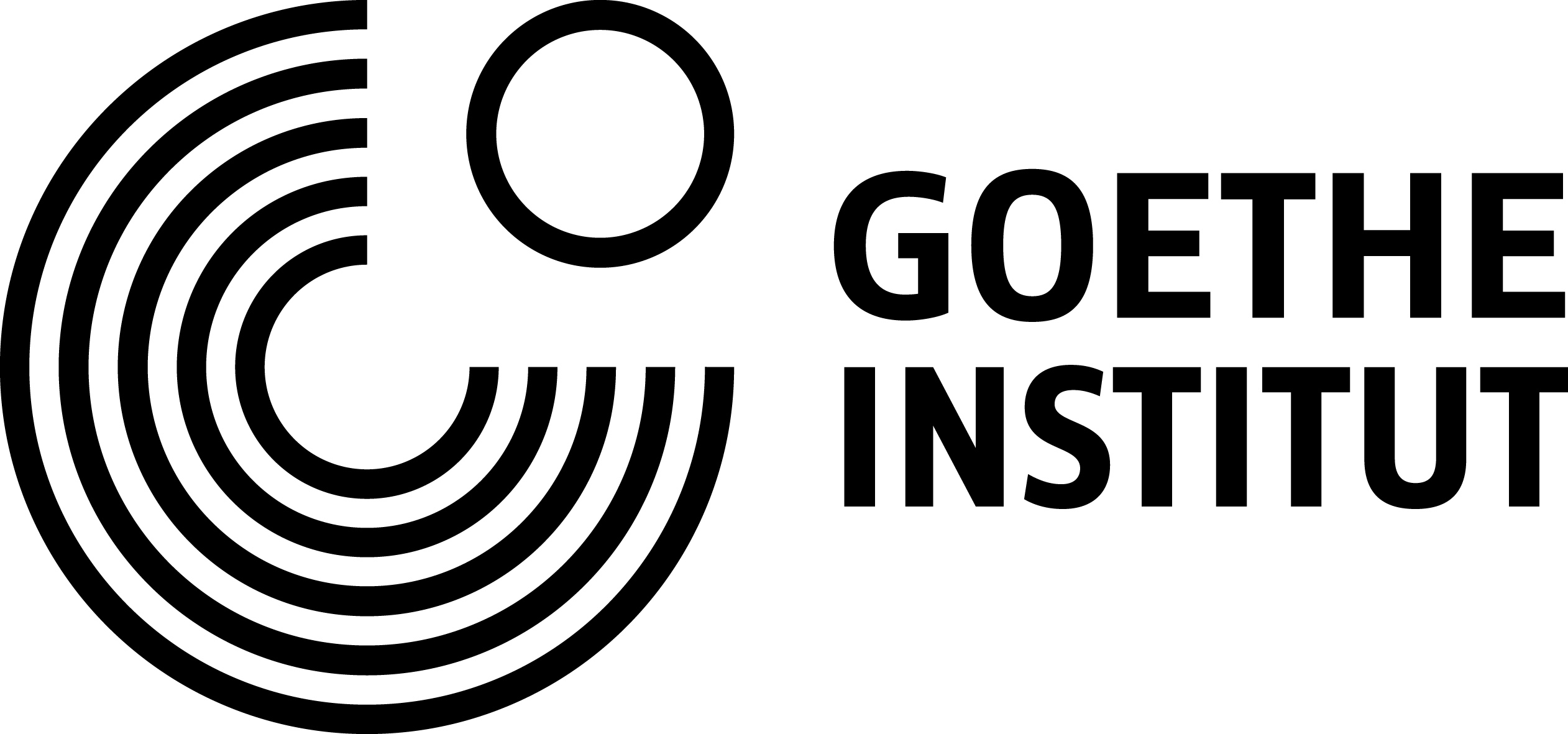
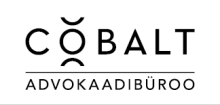
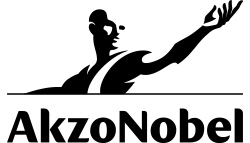

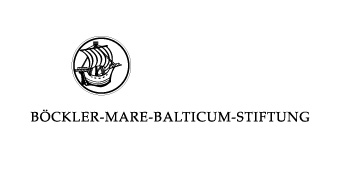
Press coverage
-
Gallery: Edith Karlson's 'Hora Lupi' sculptures installed at Kumu. News.err.ee. 22.10.2025https://news.err.ee/1609836687/gallery-edith-karlson-s-hora-lupi-sculptures-installed-at-kumu
-
Gallery: Major Estonian-German art exhibition arrives in Tallinn. News.err.ee. 23.10.2025https://news.err.ee/1609837578/gallery-major-estonian-german-art-exhibition-arrives-in-tallinn





























